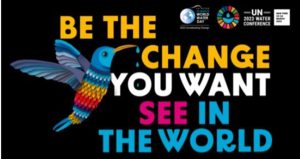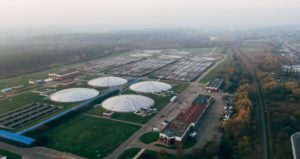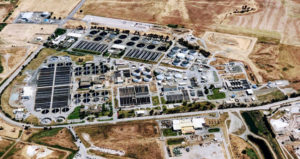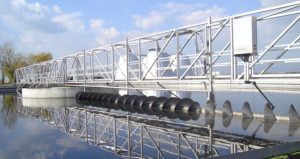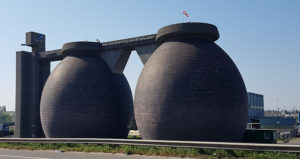Global database of WWTPs and their effluents
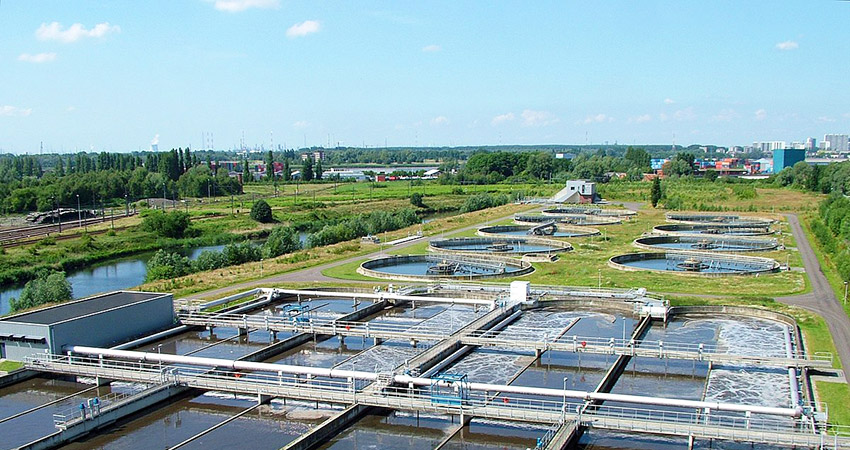
-
 Jeroen Bezem
Jeroen Bezem
Share article:
More than 58,000 wastewater treatment plants are included in the global database HydroWASTE. The global database of WWTPs combines national and regional data sets. About 1.2 million km of the global river network contains treated wastewater from upstream wastewater treatment plants. About 90,000 km of this network receives effluent from treatment plants that only provide primary wastewater treatment.
The database, with 58,502 wastewater treatment plants and their characteristics, has been compiled by a team of researchers from McGill University in Montreal, Canada, led by Professor Bernhard Lehner and PhD student Heloisa Ehalt Macedo MSc. Such a database is urgently needed, said the researchers: “The main purpose of wastewater treatment plants is to remove pathogens, nutrients, organic matter and other pollutants from wastewater. But because the plants cannot remove all pollutants, they inevitably become concentrated point sources of residual pollutants in surface waters. To understand the severity and extent of the impact of discharges of treated wastewater from such plants into rivers and lakes, and to enable better water quality management, detailed information on wastewater treatment plants is required.”
Georeferencing and dilution factor
The researchers combined national and regional datasets with additional information, including the populations served by the WWTP and detailed river data collected in the HydroATLAS. Using this atlas, geo-referencing was possible and the ‘dilution factor’ of each plant could be calculated. This dilution factor indicates the ratio between the natural run-off from the receiving water body and the effluent from the WWTP.
Wastewater ends up in rivers
This information showed its usefulness in an assessment of the distribution of treated wastewater on a global scale. The study results show that 1.2 million km of the global river network receives treated wastewater from upstream wastewater treatment plants. Of these, more than 90,000 km of river receive the effluent from wastewater treatment plants that only provide primary wastewater treatment. In more than 72,000 km of rivers, mainly in areas of high population density in Europe, the US, China, India and South Africa, the wastewater content from WWTPs is higher than 10 percent, the researchers found. In addition, 2533 sewage plants have a dilution factor of less than 10, which is considered a general threshold for environmental health concerns.
Sustainable Development Goal
The United Nations water-related Sustainable Development Goal, SDG6, aims to halve the discharge of raw sewage by 2030. “Many applications of our new database relate specifically to SDG 6,” write the researchers in their paper, published on the scientific web platform Earth System Science Data. “Because it helps to make reliable estimates of the distribution of treated wastewater. This is important information to base decision-making on that should lead to universal access to clean water worldwide.”
Use of the database
The global HydroWASTE database is designed to be used by water managers, policy makers, researchers and public institutions to develop strategies to control, regulate or reduce the impacts of anthropogenic chemicals. The database can be used to link populations to individual sewage treatment plants and to trace the pathways of certain substances from households through certain levels of treatment to the river network. “In addition, HydroWASTE can be used to identify wastewater treatment plants for which an upgrade of the technology would yield the greatest improvement in downstream water quality,” the researchers write. “Alternatively, the resulting predictions can indicate, where appropriate, where local regulations should be put in place to limit the discharge of problematic pollutants. And finally, it is conceivable that this approach could be used to predict the potential impacts that may occur from the development and anticipated widespread use of pharmaceuticals and household products, among other potential sources of contamination.”
Opportunities for the European water sector?
The identification of WWTPs in need of an upgrade is potentially interesting for European water technology companies that can provide such upgrades. For those companies, the database can be a valuable market analysis tool. After all, it seems that there is a gigantic (world) market open for suppliers of (waste) water technology. Until now, it has been difficult to get a good picture of this global market. McGill University researchers found this to be the case: “In our attempts to obtain national datasets on WWTPs and their characteristics, we found that many countries (especially lower-income countries) do not provide openly accessible information on these facilities in a consistent and comprehensive format. Given the many implications that WWTPs have for human and environmental health – either in their role to improve water quality by removing contaminants or as a potential point source of untreated substances – we recommend that governments and international organisations make this data more accessible. In this way, they enable assessments of water quality on a local to global scale. In the interim, HydroWASTE can serve as a starting point for large-scale water quality analyses, or as the first framework to be expanded.”
The HydroWASTE database can be accessed here.

